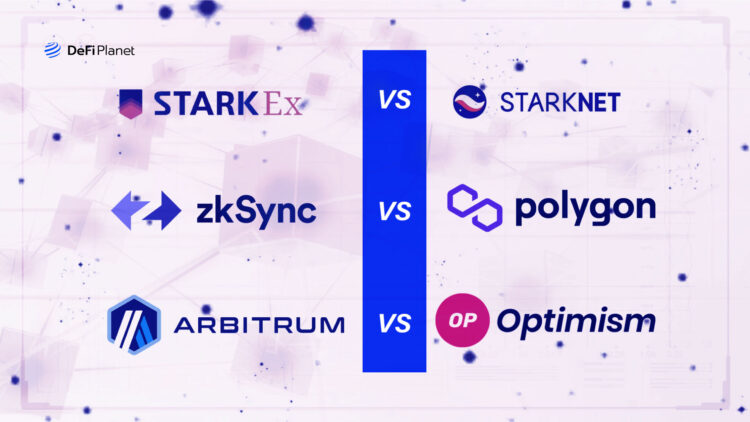Last updated on January 13th, 2025 at 05:29 am
Ethereum’s ultimate goal is to evolve into a network capable of handling substantial transaction volumes and hosting real-world applications while overcoming the challenges posed by the blockchain trilemma.
The network’s transition to a Proof-of-Stake (PoS) consensus mechanism during the Merge is a significant stride towards this utopia of attaining full scalability. Though the Ethereum Foundation has charted a course for this future developments, Layer 2 solutions have emerged as the optimal means to provide the infrastructure that enhances Ethereum’s usability for both developers and users. These solutions excel in achieving robust transaction throughput and alleviating network congestion and gas fees.
Vitalik Buterin, Ethereum’s co-founder, emphasized the significance of Layer 2 solutions in Ethereum’s future in a statement he made in 2021.
“The Ethereum ecosystem is all-in on rollups as a scaling strategy for the near and mid-term future… optimistic rollups, which are simpler and easier to build, are likely to be preferred in the short-term,” Buterin stated.
Well-established Layer 2 solutions like Arbitrum and Optimism have effectively demonstrated the efficiency of these technologies in scaling the Ethereum network. On the other hand, newer networks like zkSync Era and Polygon zkEVM introduce more streamlined scaling methods.
This article compares six Ethereum Layer 2 solutions—StarkEx, Starknet, Arbitrum, Optimism, zkSync, and Polygon—and how they uniquely scale the Ethereum network.
These Layer 2 solutions have been selected based on their scaling technology, popularity among users and developers, as well as their transactions per second (TPS) compared to the Ethereum network.
Let’s dive straight in!
StarkEx
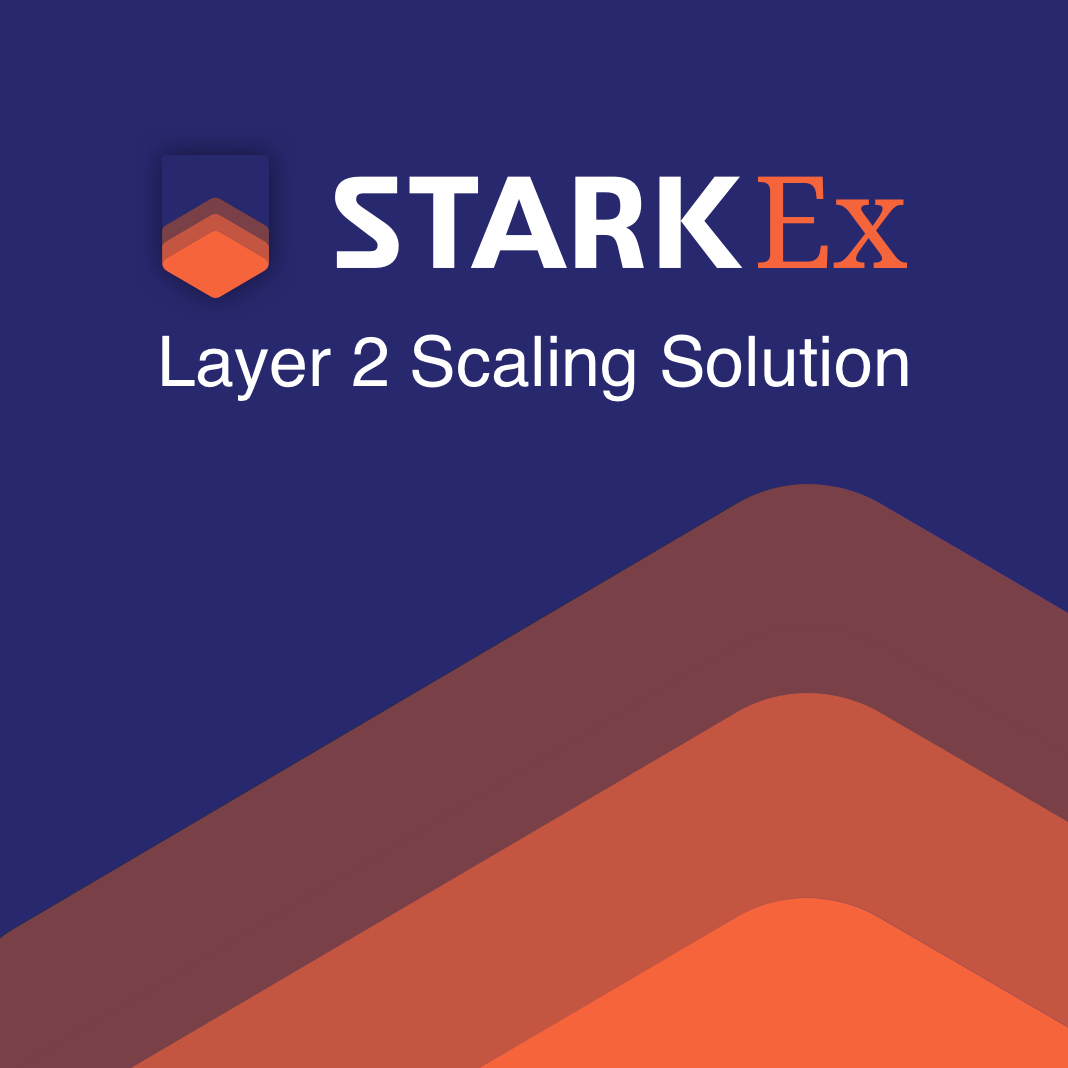
StarkEx is an application-specific Ethereum scaling solution designed to amplify transaction speed and curtail costs for integrated dApps. It is an enterprise-based service tailored to align with the distinct requirements of dApps deployed on it.
StarkEx launched its mainnet in June 2020 and is under the management of the StarkWare team. The platform hosts popular dApps such as Sorare, Immutable X, and dYdX.
StarkEx makes Ethereum more efficient by consolidating many transactions into one batch. It uses a technology called zero-knowledge rollup which provides mathematical proof that the transactions are valid. This is particularly helpful for applications that need to process a lot of transactions quickly.
StarkEx can process between 15,000 to 50,000 transactions per second (tps), depending on the requirements of each specific application. The platform has processed over $1 trillion in cumulative trading and has $525 million locked into its ecosystem.
Starknet
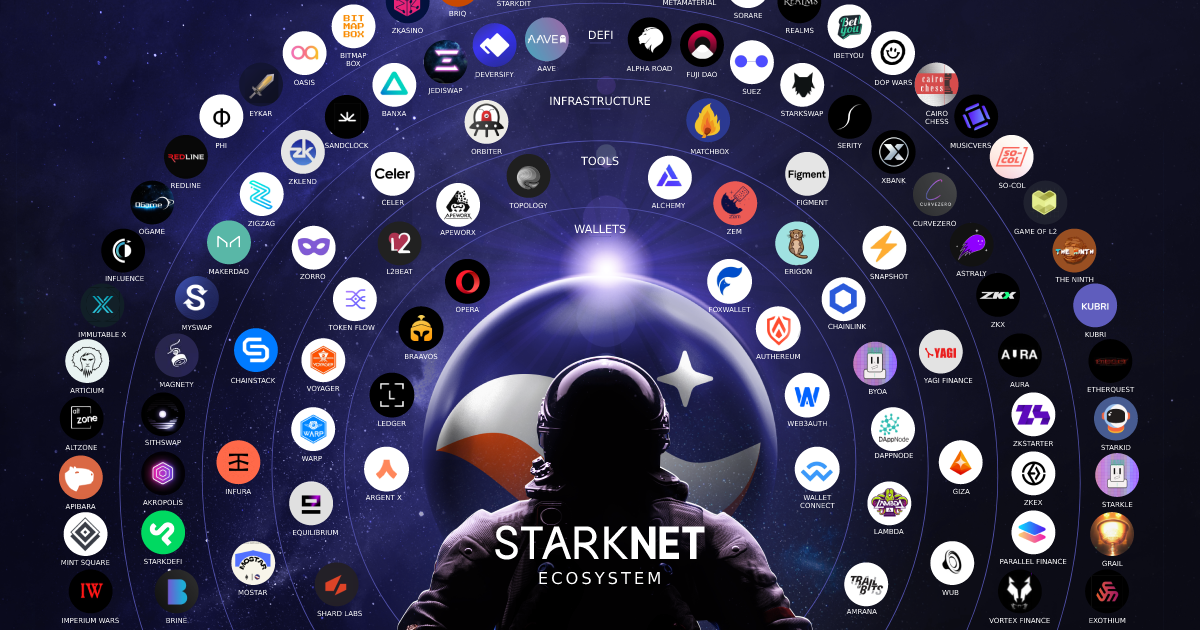
Starknet was also designed by the StarkWare team, and launched its alpha mainnet in November 2021. Unlike StarkEx, it is not managed by the StarkWare team.
Starknet is a permissionless Ethereum Layer 2 scaling solution, functioning in a decentralized manner similar to public networks like Ethereum.
Starknet reduces gas costs and improves user experience on Ethereum using the zero-knowledge (zk) technology. It uses a native programming language called Cairo.
Starknet is EVM-compatible, and enables Ethereum developers to deploy their smart contracts often via transpiler—a program that converts Ethereum smart contracts into a format compatible with Starknet.
A standout attribute of the protocol is its support for account abstraction. This function allows users to use a smart contract to manage their accounts.
Starknet plans to transition to using its own token, STRK, for settling gas fees instead of Ethereum’s Ether (ETH).
The total value locked (TVL) in the Starknet ecosystem currently stands at $26.19 million.
Arbitrum

Arbitrum, launched in August 2021, is a well-known Layer 2 solution within Ethereum’s Layer 2 landscape. The network currently boasts the highest Total Value Locked (TVL).
Arbitrum operates using optimistic rollup technology, another type of rollup solution. It aggregates numerous transactions into a singular batch that is then verified directly on the Ethereum chain. The platform can handle an impressive 40,000 transactions per second (tps).
The Arbitrum ecosystem comprises two primary protocols: Arbitrum One and Arbitrum Nova. While Arbitrum One suits general blockchain use cases, Arbitrum Nova specializes in serving blockchain-based gaming and Web3 social networks.
Notably, Arbitrum Nova introduces inventive design elements and language features to enhance scalability and efficiency.
At the core of the network lies its native token, ARB. ARB grants holders governance rights and allows them to influence its development direction. However, the token does not replace Ether (ETH) for gas fee payments.
Optimism

Optimism launched its alpha mainnet in January 2021. It also leverages optimistic rollup technology to scale the Ethereum network.
Originally developed as EMV-compatible, Optimism has undergone iterations to become an EVM-equivalent protocol. Now developers can use Ethereum-based code without making changes to the core code. This way, Optimism directly leverages Ethereum’s security features.
While Ethereum only processes about 15 to 20 transactions per second (tps), Optimism can actively process up to 2,000 transactions within the same time frame.
Optimism also has a native token, OP. OP holders can actively participate in on-chain voting for protocol decisions. Similar to Arbitrum’s ARB, the OP token is not used for paying gas fees.
zkSync
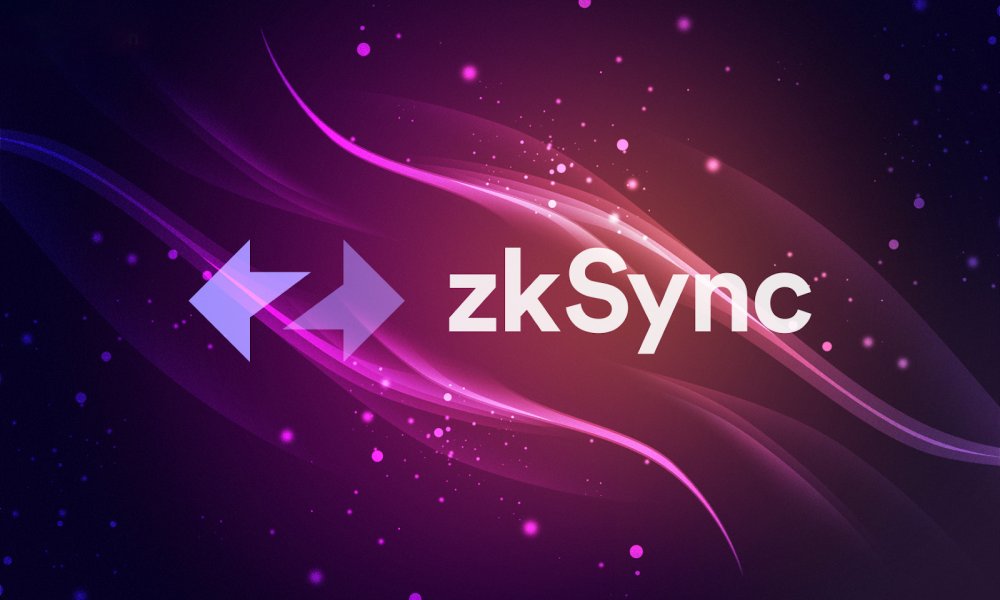
zkSync
zkSync was built with the zk-rollup scaling technology which allows it to handle a high transaction volume while benefiting from Ethereum’s robust security. zkSync can process an impressive 100,000 transactions per second (tps).
Beyond its transaction prowess, zkSync distinguishes itself with a range of unique attributes. The platform offers seamless asset deposits and transfers via its atomic swaps feature.
Another feature is “gasless meta-transactions,” which eliminates the need to buy and hold a specific cryptocurrency like ETH for gas fees. The feature lets users pay gas fees directly with the token they send. This user-centric approach simplifies transactions and enhances the overall user experience.
zkSync comprises two distinct protocols: zkSync Lite and zkSync Era. While zkSync Lite excels in simple asset transfers and limited dApp interaction, it lacks native smart contract capability. zkSync Era addresses this limitation. It empowers developers to deploy smart contracts and interact within a network akin to the Ethereum mainnet.
zkSync Era launched in March 2023 and currently has a total value locked (TVL) of over $147 million.
Polygon
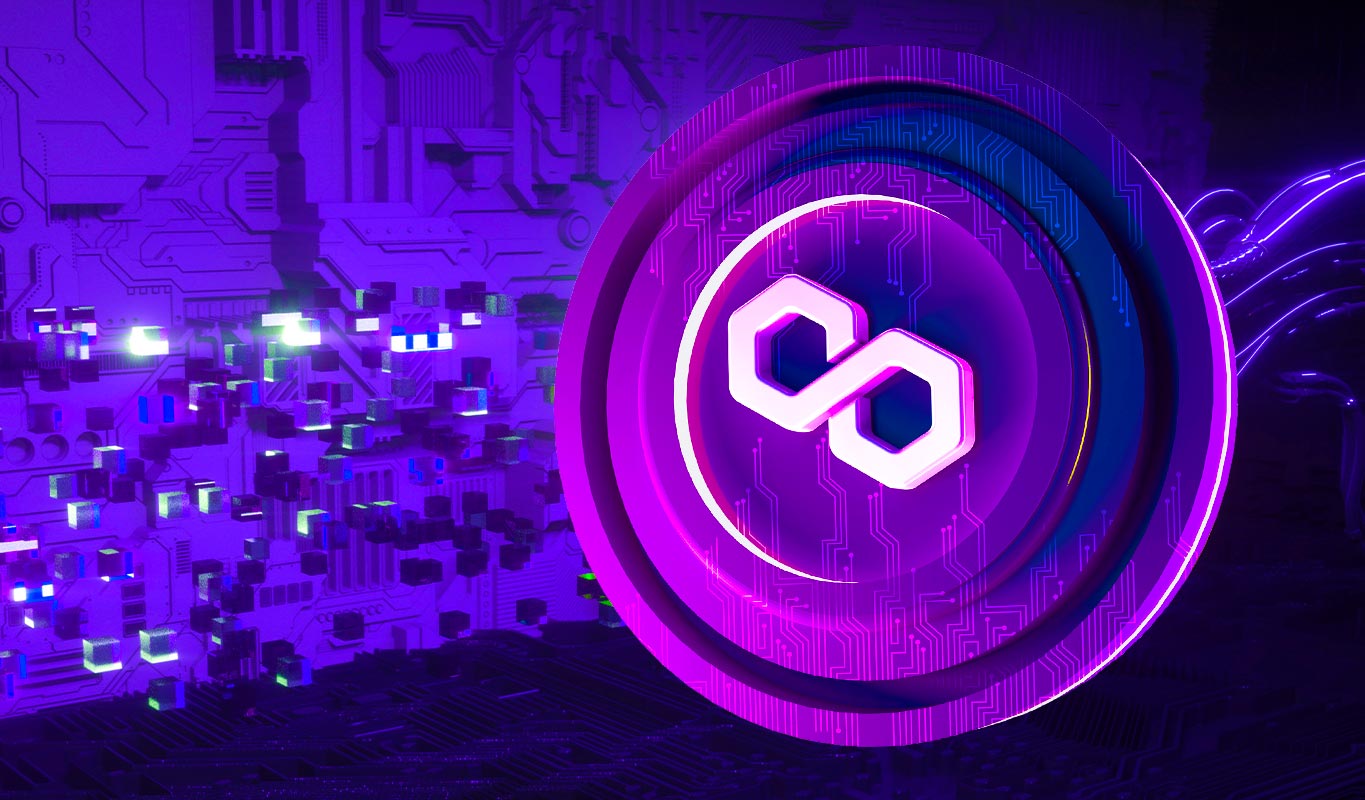
Polygon is a suite of protocols designed to enhance Ethereum’s usability by providing a variety of scaling solutions. It stands out as a pioneering and widely embraced comprehensive scaling solution for Ethereum.
Originally introduced as Matic before rebranding in 2017, Polygon has developed standout solutions, including Polygon PoS and Polygon zkEVM.
Polygon’s initial product, now referred to as the Polygon PoS (Proof-of-Stake) network, is EVM-compatible but is not a direct Ethereum-equivalent chain. In contrast, its latest product, Polygon zkEVM, leverages zk-rollup technology and offers a faithful replica of the Ethereum network.
To make transactions and cover gas fees on the Polygon PoS network, you need to have MATIC, the native token of Polygon. On the other hand, if you want to pay for gas on the Polygon zkEVM network, you will need a form of Ether (ETH). However, Polygon’s team has put forth a proposal to adopt a fresh native token named POL. They aim to enhance the security of their various solutions and streamline transactions using this new token.
The Polygon PoS boasts an impressive throughput of up to 65,000 transactions per second, while Polygon zkEVM can currently handle up to 2,000 transactions per second.
Polygon PoS and Polygon zkEVM have applications across diverse dApps, including decentralized finance (DeFi), non-fungible tokens (NFTs), and gaming.
At the time of writing, the Polygon PoS network boasts a Total Value Locked (TVL) of $904 million, while Polygon zkEVM has accumulated a TVL of over $31 million since its launch in March 2023.
Comparing the Specs of Ethereum’s Layer 2 Solutions
We have compiled the table below to help you see at a glance the similarities and differences between these Layer 2 solutions.
Table: Comparison of Major Ethereum Layer 2 Solutions

Which Layer 2 Scaling Solution is the Best?
The “best” Layer 2 scaling solution is one that directly fits your use case and satisfies all the requirements for effectiveness and efficiency.
Each Layer 2 solution has its unique strengths and trade-offs. That’s why you must assess their features, limitations, community support, real-world adoption, and other pertinent factors before determining the most suitable Layer 2 scaling solution for your specific project or application.
You should consider factors like transaction speed, cost, security, compatibility with current infrastructure, implementation complexity, and specific use case needs. By doing a thorough assessment, you can make the best choice for your Layer 2 scaling needs.
Disclaimer: This article is intended solely for informational purposes and should not be considered trading or investment advice. Nothing herein should be construed as financial, legal, or tax advice. Trading or investing in cryptocurrencies carries a considerable risk of financial loss. Always conduct due diligence.
If you would like to read more articles like this, visit DeFi Planet and follow us on Twitter, LinkedIn, Facebook, Instagram, and CoinMarketCap Community.
“Take control of your crypto portfolio with MARKETS PRO, DeFi Planet’s suite of analytics tools.”

